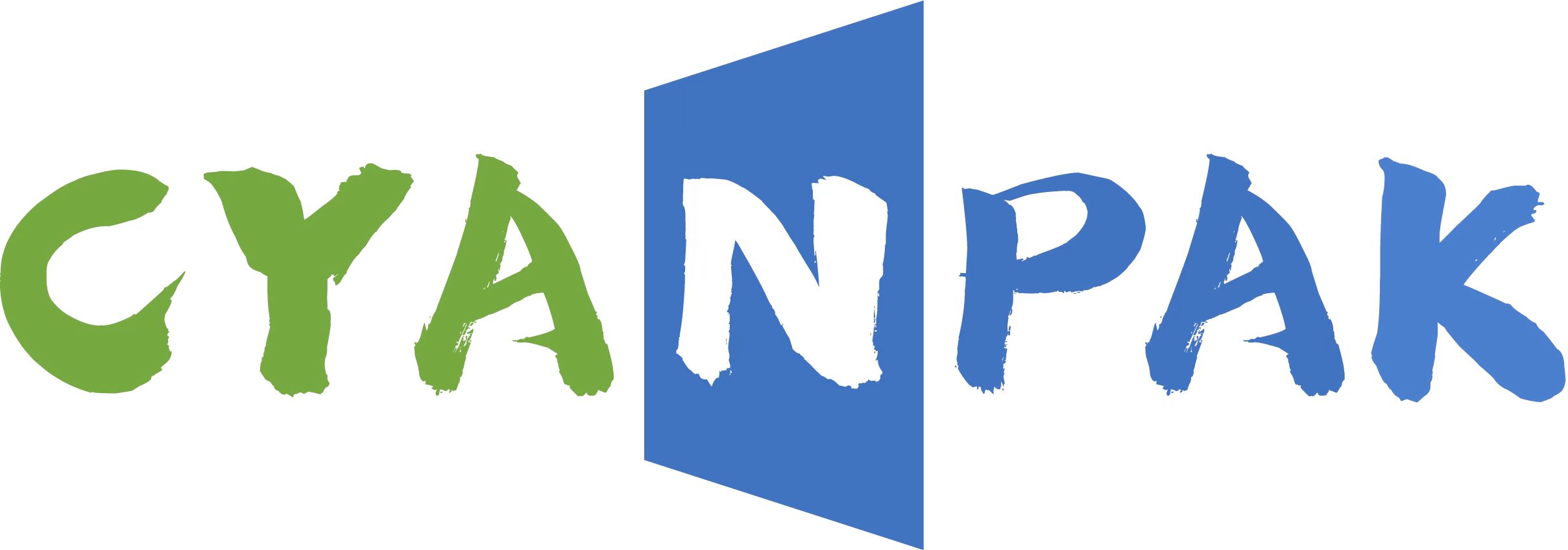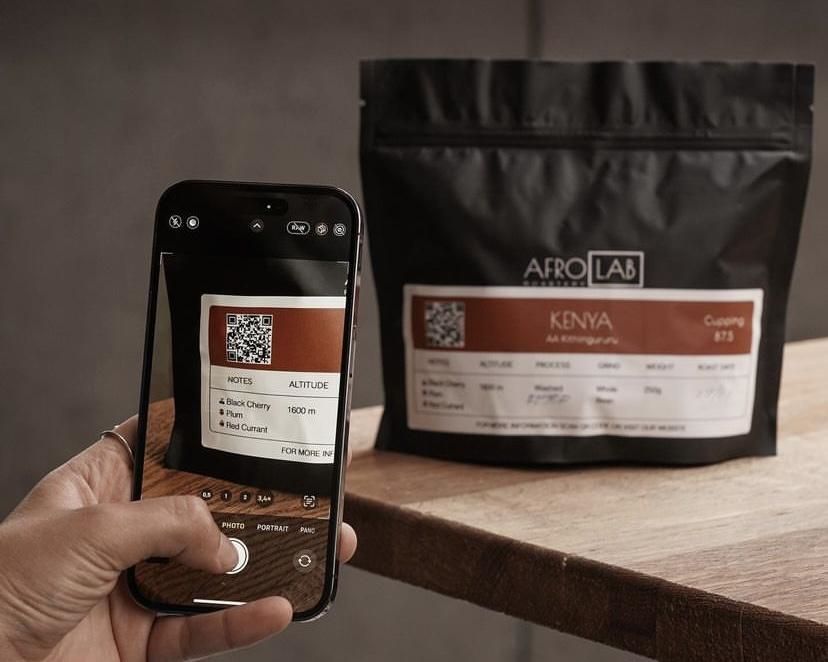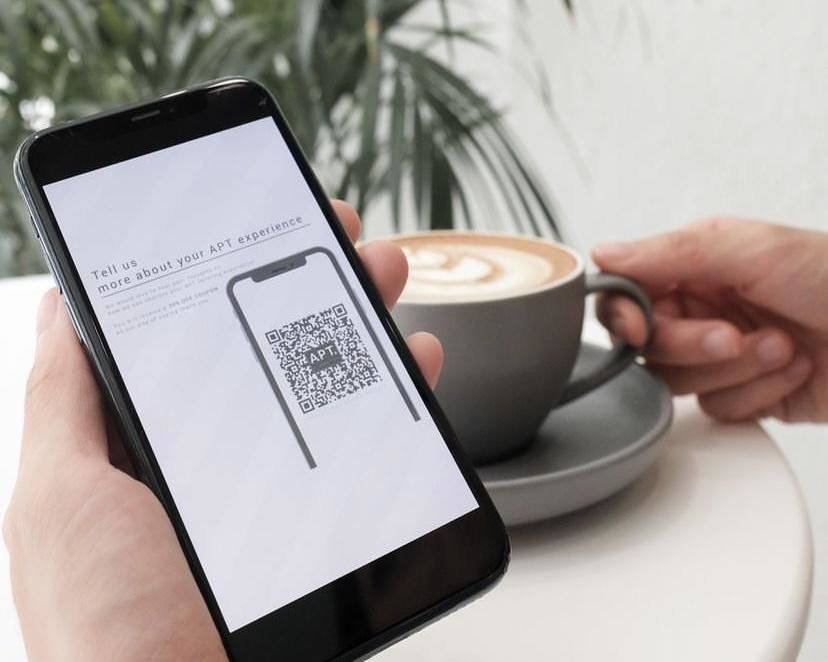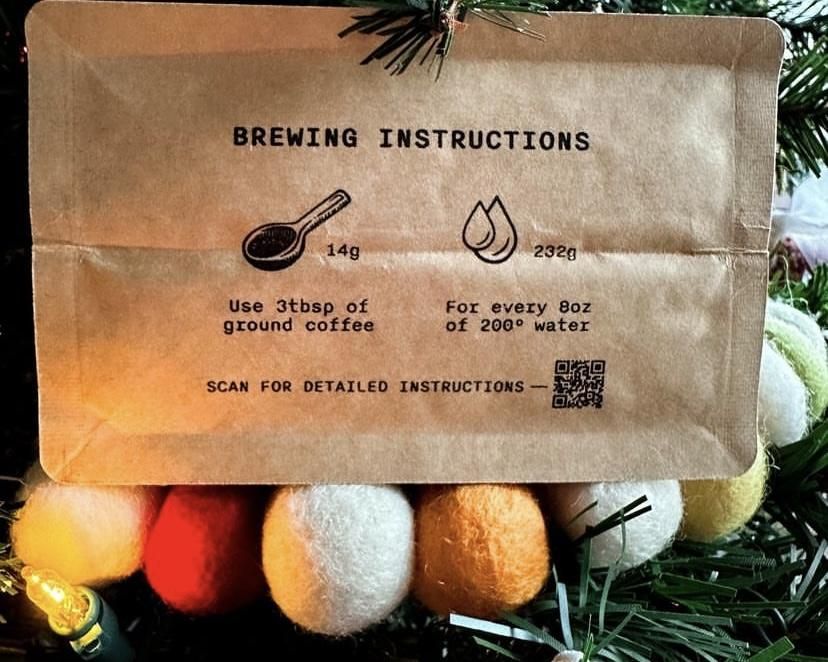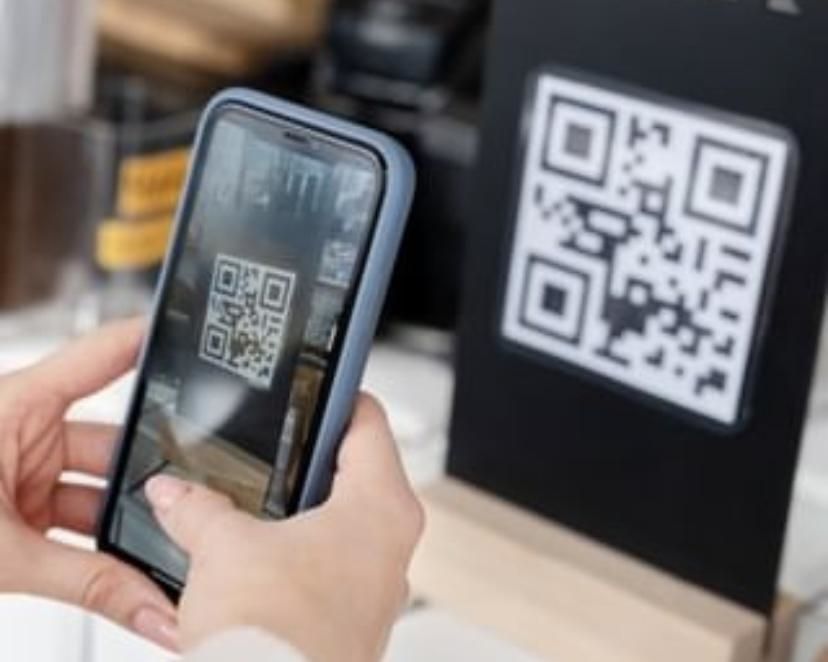Traditional coffee packaging may no longer be the most effective approach to satisfy consumer expectations due to increased product demand and a lengthy supply chain.
In the food packaging industry, smart packaging is a new technology that can help meet consumer needs and queries. Quick Response (QR) codes are a type of smart packaging that has recently gained popularity.
Brands started utilizing QR codes to provide contact-free customer communication during the Covid-19 pandemic. A rising number of firms are employing them to convey more information than packaging as consumers get more familiar with the idea.
Customers can get more details about a coffee’s quality, provenance, and flavor notes by scanning a QR code on the bag. QR codes can assist roasters in conveying information about a coffee’s journey from seed to cup as more consumers demand responsibility from the coffee brands they purchase.
Continue reading to learn more about how to print QR codes on customized coffee bags and how this can help roasters.
How do QR codes work?
In order to streamline manufacturing procedures for the Japanese firm Toyota, QR codes were created in 1994.
A QR code is essentially a data carrier mark with data embedded in it, similar to an advanced barcode. The user will often be directed to a website with more information after scanning the QR code.
When smartphones started incorporating code-reading software into their cameras in 2017, QR codes were first made available to the general public. They have since received approval from important standardization organizations.
The number of clients who can access QR codes has expanded as a result of the widespread usage of smartphones and access to high-speed internet.
Notably, over 90% more people were contacted by QR codes between 2018 and 2020, as well as more QR code engagements. This demonstrates that more people are using QR codes, frequently more than once.
More than half of respondents in a 2021 research said they would scan a QR code to find out more about a brand.
Additionally, if an item includes a QR code on the package, people are more inclined to purchase it. Furthermore, more than 70% of people said they would use their smartphone to research a potential purchase.
QR codes are used on coffee packaging.
Roasters have a special chance to interact and engage with clients thanks to QR codes.
Although many companies opt to use it as a payment method, roasters might not. This is due to the possibility that a sizable portion of sales may originate from online orders.
Additionally, by doing this, roasters can avoid the security and safety issues associated with employing QR codes to facilitate payments.
The usage of QR codes on coffee packaging by roasters can be done in a variety of ways, though.
Communicate the sources
It can be difficult for the majority of roasters to include a coffee’s origin story on the container.
QR codes can be used to track the path taken by the coffee from farm to cup, regardless of whether a roaster is working with a single, significant grower or providing limited edition micro lots. For instance, 1850 Coffee invites customers to scan the code to access details about the origin, processing, exporting, and roasting of their coffee.
Additionally, it demonstrates to customers how their purchases support sustainable water and agricultural programs that benefit coffee farmers.
Avoid wasting.
Customers who don’t know how much coffee they’re drinking or who don’t know how to keep it correctly at home sometimes squander coffee.
This can be avoided by using QR codes to inform purchasers of a coffee’s shelf life. According to a 2020 study on milk carton best-by dates, QR codes are more effective at communicating a product’s shelf life.
Establish sustainability
Coffee brands are implementing sustainable business strategies in greater numbers.
Consumer awareness of “greenwashing” and how frequently it occurs is growing at the same time. The practice known as “greenwashing” involves businesses making inflated or unsupported claims in an effort to provide an environmentally favorable image.
A QR code can assist roasters in demonstrating to consumers how environmentally friendly each step of the coffee’s journey—from roasting to delivery—was designed to be.
For instance, when the organic beauty company Cocokind started using eco-friendly packaging materials, they added QR codes. Customers can find out more about a product’s formulation and the packaging’s sustainability by scanning the code.
Customers can access more information about a coffee’s environmental effect during the sourcing, roasting, and brewing processes by scanning QR codes located on coffee packaging.
Additionally, it can explain the materials used in the packaging and how each component can be recycled properly.
Before adding QR codes to coffee packaging, consider the following:
The perception that printing QR codes on packaging can only be done during large print runs makes them less suitable for small roasters. This is a common disadvantage of QR code printing.
Another problem is that any errors committed are difficult to fix and end up costing the roaster additional money. Furthermore, roasters would have to pay for a completely fresh print run if they wanted to advertise a seasonal coffee or a time-limited message.
However, traditional package printers frequently experience this problem. The addition of QR codes using digital printing to coffee bags would be a solution to these issues.
Roasters can request quick turnaround times and low minimum order numbers using digital printing. Additionally, it enables roasters to update their codes without spending additional time or money to reflect any changes to their business.
The way information about the coffee industry is distributed has altered thanks to QR codes. Roasters may now insert these straightforward barcodes to enable access to a vast amount of information rather than entering whole site links or publishing the tale on the side of coffee bags.
At Cyan Pak, we have a 40-hour turnaround time and a 24-hour shipping period for digitally printing QR codes onto eco-friendly coffee packaging. that much information that a roaster wants can be stored in a QR code.
No matter the size or substance, we are able to offer low minimum order quantities (MOQs) of packaging thanks to our selection of environmentally friendly choices, which include kraft or rice paper with an LDPE or PLA inner.
Contact us for more details on putting QR codes to coffee bags with custom printing.
Post time: Jul-26-2023
